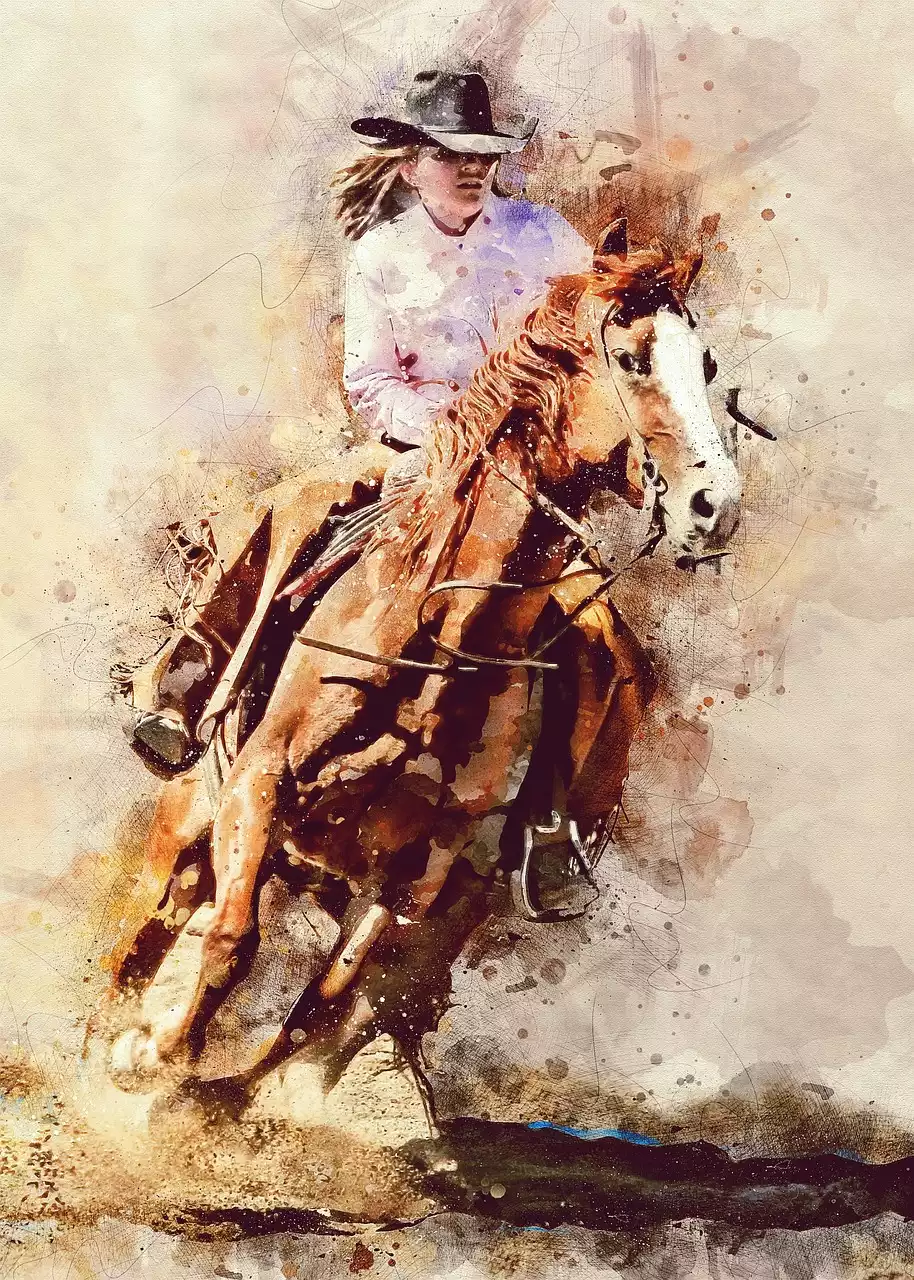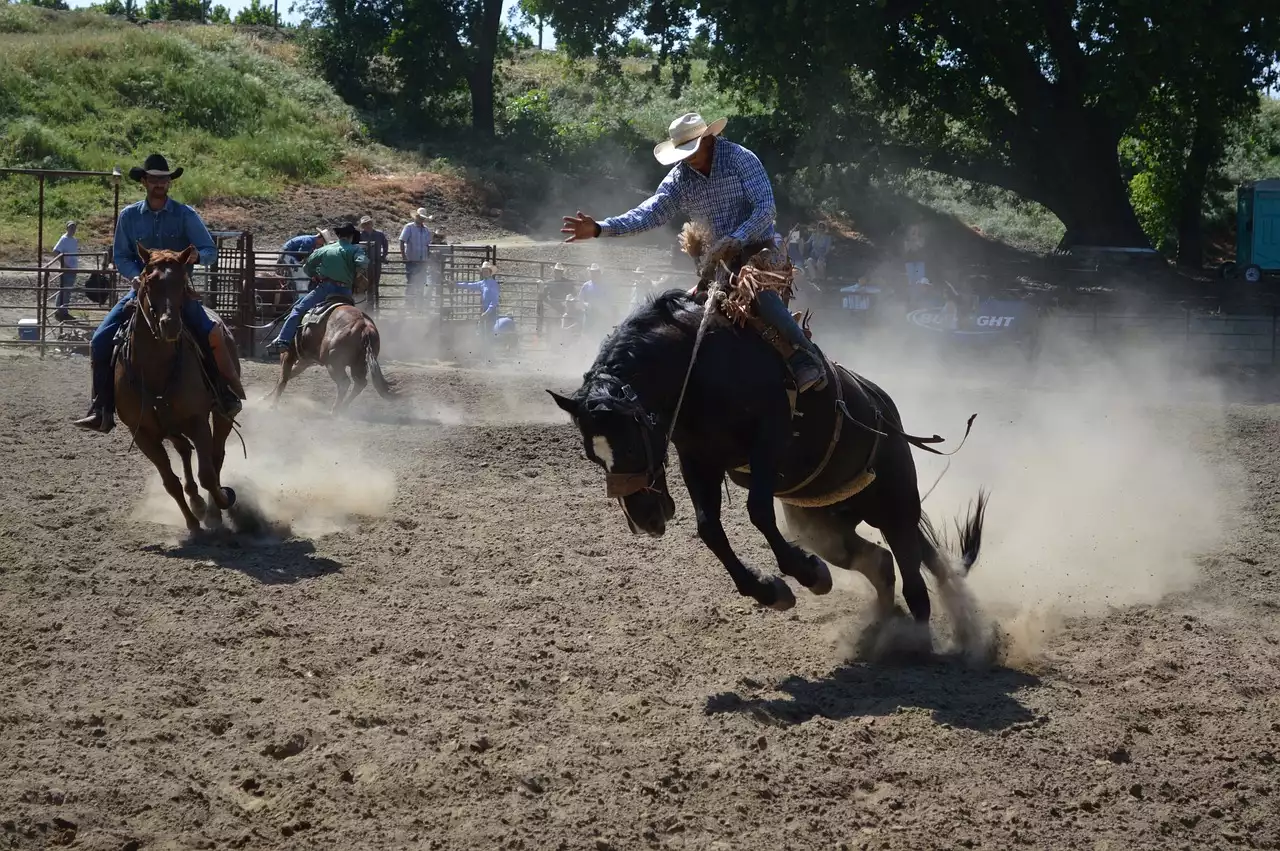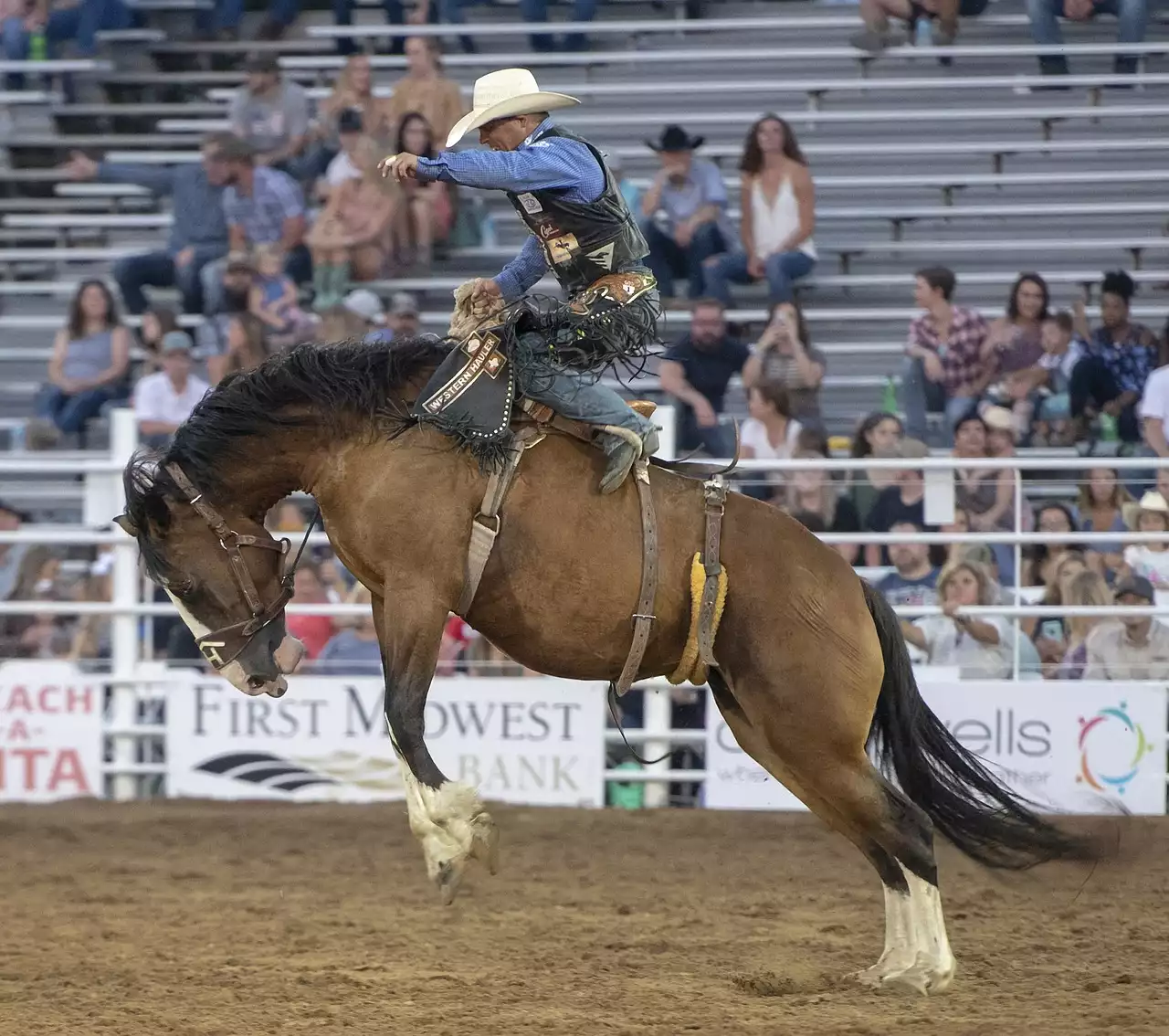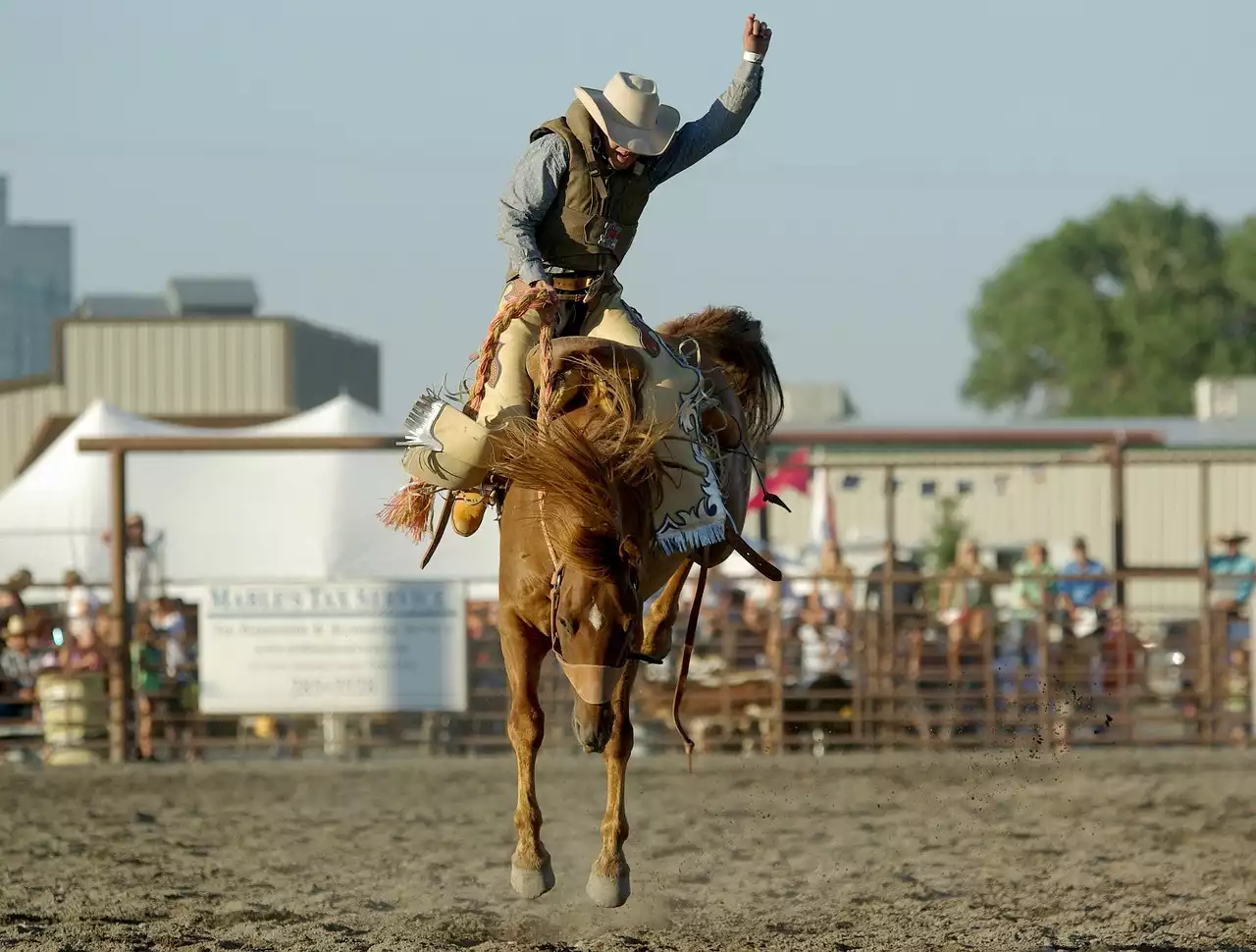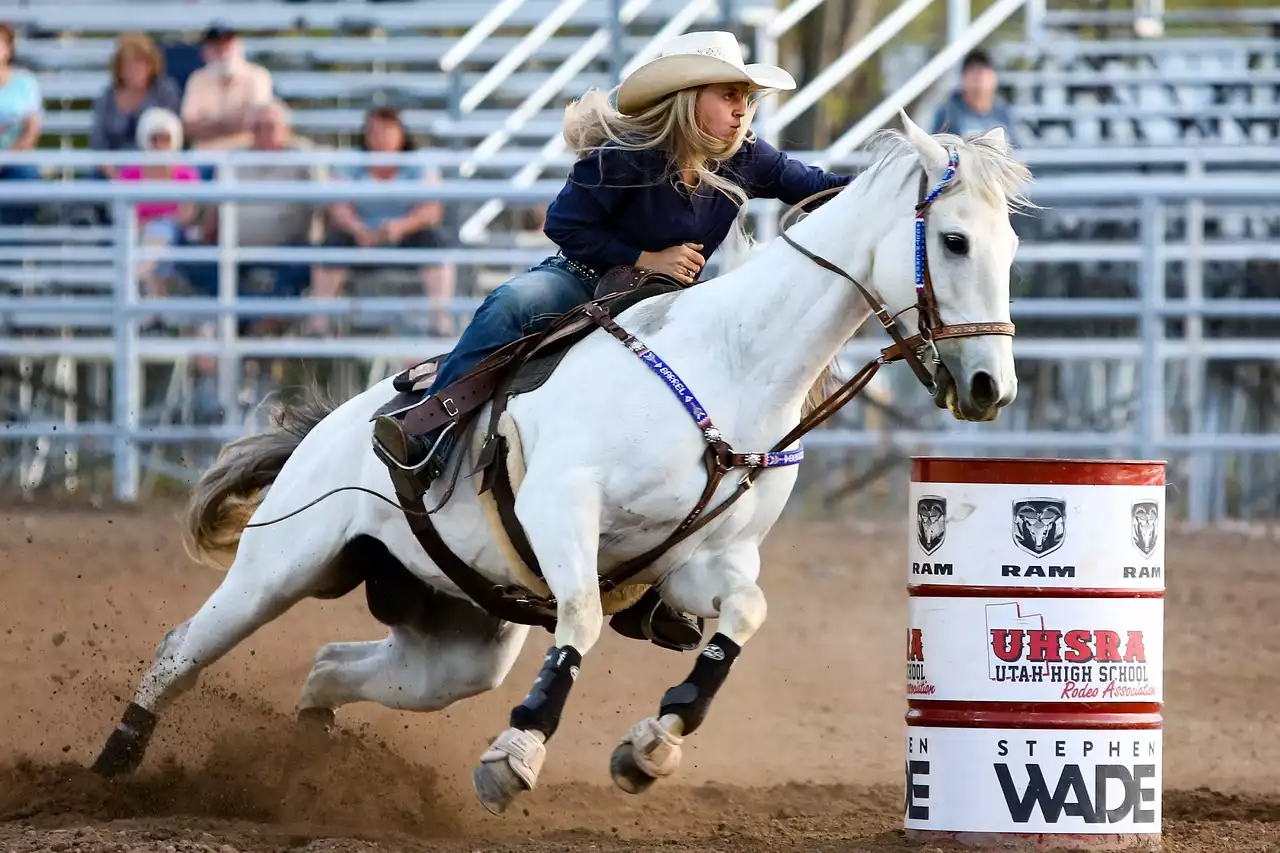Rodeo in North America vs. Other Parts of the World
Rodeo is an exciting sport that is enjoyed by millions of people worldwide. Rodeo events in North America, especially in the United States, are the most well-known and attended. However, rodeo events also take place in other parts of the world, such as Canada, Mexico, Brazil, Australia, and Europe.
In North America, rodeo is deeply ingrained in the culture and history of the region, and it has become a symbol of the American West. The rodeo events in the US and Canada are more traditional and are based on the working practices of cowboys and ranchers. On the other hand, rodeo events in other parts of the world, such as Brazil and Mexico, are more modern and have a different focus.
The History of Rodeo in Different Countries
The history of rodeo is fascinating and varied, with different countries having different stories and origins. In the United States, rodeo has its roots in the working practices of cowboys and ranchers in the late 1800s. Over time, rodeo evolved into a competitive sport, with the first official rodeo held in 1869 in Deer Trail, Colorado.
In Canada, rodeo has a similar history to the US, with ranchers and cowboys participating in rodeo events for fun and competition. The first official Canadian rodeo was held in Raymond, Alberta, in 1902.
In Mexico, rodeo has its roots in the charreada, a traditional Mexican sport that involves horse riding and cattle handling. The charreada is still popular in Mexico today, and it has influenced the modern rodeo events in the country.
The Cultural Significance of Rodeo in Different Regions
Rodeo has different cultural significance in different regions of the world. In North America, rodeo is a symbol of the American West, and it is deeply rooted in the history and culture of the region. Rodeo events are a celebration of the working practices of cowboys and ranchers and a way to showcase their skills and bravery.
In Brazil, rodeo events are known as "rodeio" and are more focused on entertainment and showmanship. Rodeo events in Brazil are often accompanied by live music and dancing, making it a vibrant and festive atmosphere.
In Mexico, rodeo events are deeply rooted in the charreada tradition, and they are a way to showcase Mexican heritage and culture. The events are often accompanied by traditional music and dancing, and they are a celebration of Mexican identity.
Differences and Similarities in Rodeo Events and Competitions
Despite the cultural differences, rodeo events around the world share some commonalities. The events are often held in an arena or stadium, and they involve cowboys or cowgirls competing in various events. These events include bull riding, steer wrestling, barrel racing, and calf roping.
However, there are also differences in the events and competitions across different countries. For example, in Brazil, there is a unique event called "cutting," where the rider must separate a cow from a herd and keep it away for a certain amount of time. In Mexico, there is an event called "horse reining," which involves the rider performing a set of intricate movements on horseback.
Rodeo Equipment and Attire Around the World
Another fascinating aspect of international rodeo is the equipment and attire used by the riders. In North America, riders wear traditional cowboy hats, boots, and jeans. They also use specialized equipment such as bull ropes, spurs, and chaps.
In Brazil, riders wear colorful shirts and jackets, and they use different equipment such as a lasso and a special saddle called a "sela."
In Mexico, riders wear traditional charro outfits, which include a wide-brimmed hat, a jacket, and tight-fitting pants. They also use specialized equipment such as a lariat and a reata.
Famous International Rodeo Competitors
International rodeo has produced many famous and talented riders over the years. In the United States, some of the most famous rodeo competitors include Jim Shoulders, Larry Mahan, and Ty Murray. In Canada, some of the most famous rodeo competitors include Earl Bascom, Harry Knight, and Glen O'Neill.
In Brazil, some of the most famous rodeo competitors include Adriano Moraes, Renato Nunes, and Silvano Alves. In Mexico, some of the most famous rodeo competitors include Jorge "El Gitanillo" Negrete, Alejandro "El Caballero" Franco, and Antonio Aguilar.
Challenges and Opportunities in International Rodeo
International rodeo also faces challenges and opportunities. One of the biggest challenges is the language barrier, as many riders and fans speak different languages. This can make it difficult for riders to communicate with each other and for fans to understand the events.
However, international rodeo also presents many opportunities. It allows riders and fans to experience different cultures and traditions and to learn from each other. It also provides an opportunity for the sport to grow and expand globally.
Spectator Experience of International Rodeo
The spectator experience of international rodeo is unique and exciting. Whether you're watching a rodeo event in the US, Canada, Brazil, or Mexico, you're sure to be entertained by the skill and bravery of the riders.
In North America, rodeo events are often accompanied by live music and dancing, creating a festive atmosphere. In Brazil, rodeo events are known for their energetic crowds and lively music. In Mexico, rodeo events are a celebration of Mexican culture and identity, with traditional music and dancing.
Future of International Rodeo
The future of international rodeo looks bright, with the sport continuing to grow and expand globally. As more countries embrace the sport, international rodeo competitions will become more common, providing an opportunity for riders and fans to experience different cultures and traditions.
The sport will also continue to evolve and adapt to the changing times, with new events and competitions being added to the roster. The future of international rodeo is exciting, and we can't wait to see where the sport will go next.
